Moraines
Moraines are landforms made up of rocks and sediment that have been deposited by a glacier. They are formed as the glacier moves and carries rocks and debris along with it. As the glacier melts and recedes, it leaves these deposits behind, creating various types of moraines.
Types of Moraines
There are several types of moraines, each formed in different locations within or around a glacier:
- Terminal Moraine: This type of moraine is formed at the furthest point reached by a glacier. It marks the maximum advance of the glacier.
- Lateral Moraine: These moraines form along the sides of a glacier and are composed of debris that has fallen onto the glacier from the valley walls.
- Medial Moraine: When two glaciers merge, the lateral moraines along the sides of the individual glaciers join to form a single moraine running down the center of the combined glacier.
- Recessional Moraine: As a glacier temporarily stabilizes during its retreat, it may deposit a recessional moraine marking a temporary pause in its melting process.
Study Guide
To understand moraines, it's important to study the following aspects:
- Glacial Movement: Learn about how glaciers move and transport rocks and sediment.
- Deposition: Understand the process of deposition and how glaciers leave behind moraines as they melt and recede.
- Moraine Types: Familiarize yourself with the different types of moraines and the specific conditions that lead to their formation.
- Environmental Impact: Explore the impact of moraines on the surrounding landscape and ecosystems.
Studying moraines provides insight into the powerful forces of glacial movement and the lasting impact of Earth's icy giants on the land.
.◂Science Worksheets and Study Guides Third Grade. How do plants grow?
Study Guide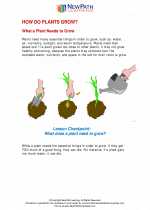 How do plants grow?
How do plants grow?  Activity Lesson
Activity Lesson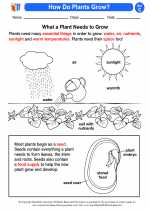 How Do Plants Grow?
How Do Plants Grow?  Worksheet/Answer key
Worksheet/Answer key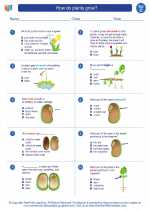 How do plants grow?
How do plants grow?  Worksheet/Answer key
Worksheet/Answer key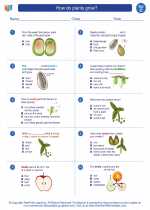 How do plants grow?
How do plants grow?  Worksheet/Answer key
Worksheet/Answer key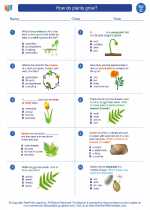 How do plants grow?
How do plants grow?  Worksheet/Answer key
Worksheet/Answer key How do plants grow?
How do plants grow?  Vocabulary/Answer key
Vocabulary/Answer key How do plants grow?
How do plants grow?  Vocabulary/Answer key
Vocabulary/Answer key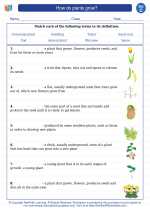 How do plants grow?
How do plants grow? 

 Activity Lesson
Activity Lesson
 Worksheet/Answer key
Worksheet/Answer key
 Worksheet/Answer key
Worksheet/Answer key
 Worksheet/Answer key
Worksheet/Answer key
 Worksheet/Answer key
Worksheet/Answer key
 Vocabulary/Answer key
Vocabulary/Answer key
 Vocabulary/Answer key
Vocabulary/Answer key

The resources above cover the following skills:
LIFE SCIENCE (NGSS)
From Molecules to Organisms: Structures and Processes
Students who demonstrate understanding can:
Develop models to describe that organisms have unique and diverse life cycles but all have in common birth, growth, reproduction, and death.